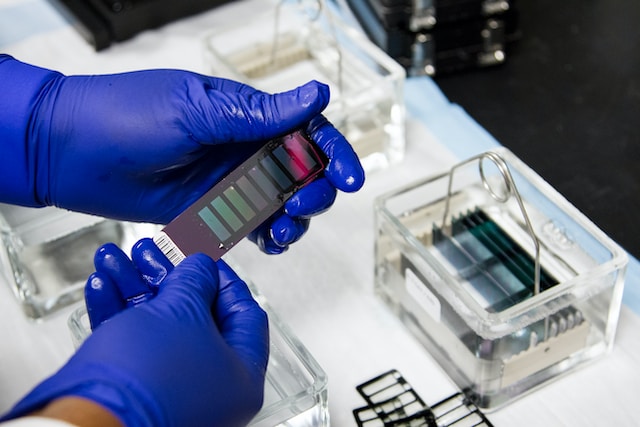The healthcare industry is reeling from the devastating consequences of a testing company’s catastrophic mistake that has shattered trust among patients, raised concerns about diagnostic accuracy, and ignited a fierce debate about the integrity of medical testing. The fallout from this error serves as a stark reminder of the profound impact that a single mistake can have on individuals, and the urgent need for rigorous quality control measures within the healthcare system.
The error came to light when a testing company, renowned for its accuracy and reliability, discovered a flaw in their diagnostic process that had led to incorrect results for a significant number of patients. The gravity of the mistake cannot be understated, as patients who had relied on the company’s services were suddenly confronted with the harrowing reality that their diagnoses may have been incorrect.
The implications of this error are far-reaching. Patients who had received false positive results faced the emotional turmoil of believing they had serious illnesses, while those who received false negatives were left unaware of underlying health conditions that required urgent attention. The consequences of this mistake extend beyond the initial shock, as patients now grapple with the uncertainty surrounding their medical statuses and the impact on their overall well-being.
The testing company, upon discovering the error, took immediate action to rectify the situation. They initiated a comprehensive review of their testing procedures, implemented enhanced quality control measures, and provided affected patients with free retesting and additional support services. While these steps are crucial, they cannot undo the damage already inflicted on patients who placed their trust in the company’s results.
The incident has brought to the forefront critical questions about the integrity of medical testing processes and the need for robust oversight. Experts and patient advocacy groups are calling for increased regulation and standardized quality control protocols across the industry to ensure that errors of this magnitude are minimized. They argue that independent audits, transparent reporting, and adherence to strict guidelines are essential to restoring and maintaining public trust.
Beyond the immediate impact on patients, this error has exposed a fundamental issue within the healthcare system: the overreliance on diagnostic tests as the sole determinant of patient health. Experts stress that medical professionals should approach test results as a part of the diagnostic process, rather than definitive proof of a condition. They emphasize the importance of thorough patient evaluation, including a consideration of medical history, symptoms, and clinical judgment, to avoid placing undue reliance on any single test.
Moreover, this incident underscores the responsibility of testing companies to prioritize patient safety and accuracy over profit margins. The pursuit of excellence in medical diagnostics should be a cornerstone of their operations, with a commitment to ongoing quality improvement, rigorous validation processes, and transparency in reporting results. The consequences of a single error can be devastating, both for patients and the reputation of the entire industry.
In the wake of this catastrophic mistake, patients and the healthcare community must come together to demand accountability and systemic change. The affected individuals deserve transparency, compassionate support, and reassurance that steps are being taken to prevent similar errors in the future. Additionally, healthcare providers must reevaluate their reliance on testing companies, ensuring that they partner with reputable organizations that prioritize patient well-being above all else.
The healthcare industry is at a crossroads, where the fallout from this testing company’s mistake serves as a clarion call for reform. Patient trust must be rebuilt through a combination of enhanced quality control measures, improved transparency, and a renewed commitment to patient-centered care. By learning from this incident, the healthcare system can work towards a future where errors are minimized, trust is restored, and patient safety remains the highest priority.




